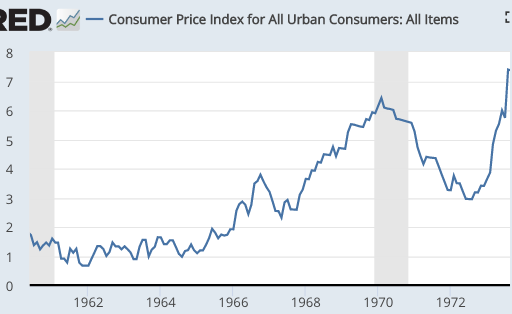Beckworth interviews Erdmann
David Beckworth has now done over 100 podcasts, but the recent interview with Kevin Erdmann would easily make the top ten in terms of general interest. Kevin has a new book coming out soon (as well as a planned follow-up book), which put together many of the ideas in his blog posts on the real estate bubble and bust. The podcast necessarily only covers a portion of this material, and I’ll just discuss a portion of the podcast. But you should definitely get the book when it comes out, as it is loaded with lots of fascinating information that goes against the conventional wisdom. And that’s because Kevin actually took the time to take a close look at the data.
One big theme is the “closed access” cities such as NYC, LA, the SF Bay Area and Boston. These are the heart of the new, high-skilled information economy. For the first time in history, however, we have been seeing people fleeing the engines of prosperity. This is because of tight building restrictions that force out lower income workers as professionals move in, searching for jobs. This worsens the economic prospects of low-income workers, and makes our overall economy less productive.
Another theme is that the housing bubble has been misinterpreted. During the boom, it was higher income people who got the vast majority of mortgages in the closed access cities. Large numbers of lower and moderate-income people were priced out and fled to the “contagion cities” such as Phoenix, Vegas, Riverside, Tampa and Miami, pushing up prices in those markets. Contrary to what people assumed at the time, the high prices in closed access cities were not a bubble, rather a rational response to actual and expected rent inflation. Consistent with Kevin’s view, prices in these cities have returned to bubble highs, despite the headwind of tighter lending standards than during 2006. There were certainly not too many houses being built in those areas during the boom, rather NIMBYism caused too little construction. And even in places like Phoenix it’s not clear the main problem was too many houses, as rent inflation kept rising even after the bubble burst. At the national level, housing construction was not unusually high during the boom years, if you account for all types of housing. Rather housing construction has been unusually low since 2007.
This is just the tip of the iceberg of Kevin’s work. I believe Kevin’s story is basically correct, although I interpret the early housing bust (2006-07) slightly differently. We both agree that tight money depressed housing prices during 2008-12, but Kevin thinks the Fed became a problem in 2006, partly due to somewhat tight money and partly due to Fed communication that the housing market had excesses that could lead to a substantial price drop. I put a bit more weight on the post-2006 drop in expected future immigration. The expected US population in 2050 is now 50 million lower than what the Census Bureau expected back in 2006, and 40 million of that decline had occurred by 2012. The decline is mostly due to lower expected rates of immigration, although a falling birthrate also plays a role. Recall that 2006 is the year that Bush’s immigration reform project failed and border controls were tightened. Since then, net immigration from places like Mexico has fallen to a trickle, and it was this immigration that was helping to underpin the housing markets in the contagion cities.
I presume that immigration was not the only issue, but it might help to explain why housing began falling a bit earlier than NGDP growth.
PS. Kevin’s book will be entitled: Locked Out: How the Shortage of Urban Housing is Wrecking our Economy


